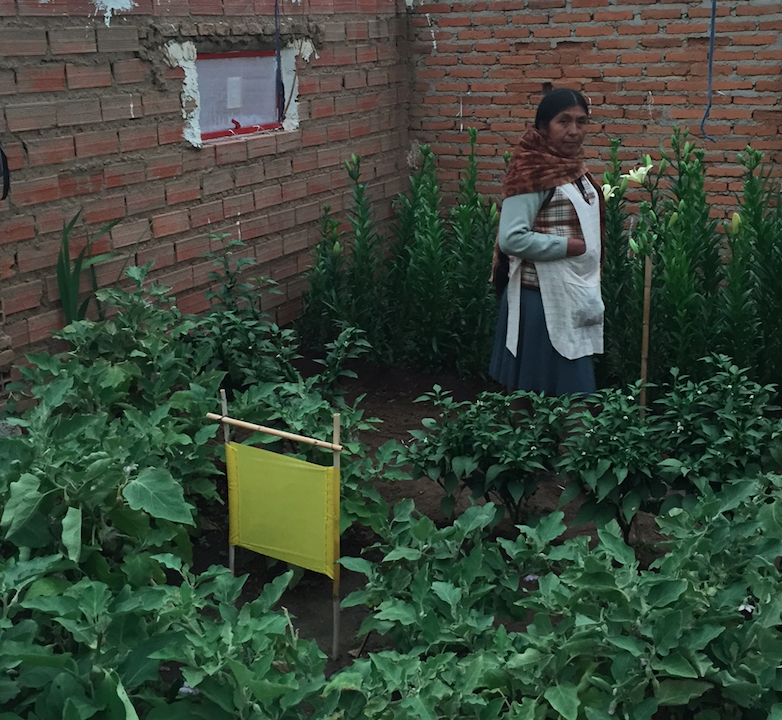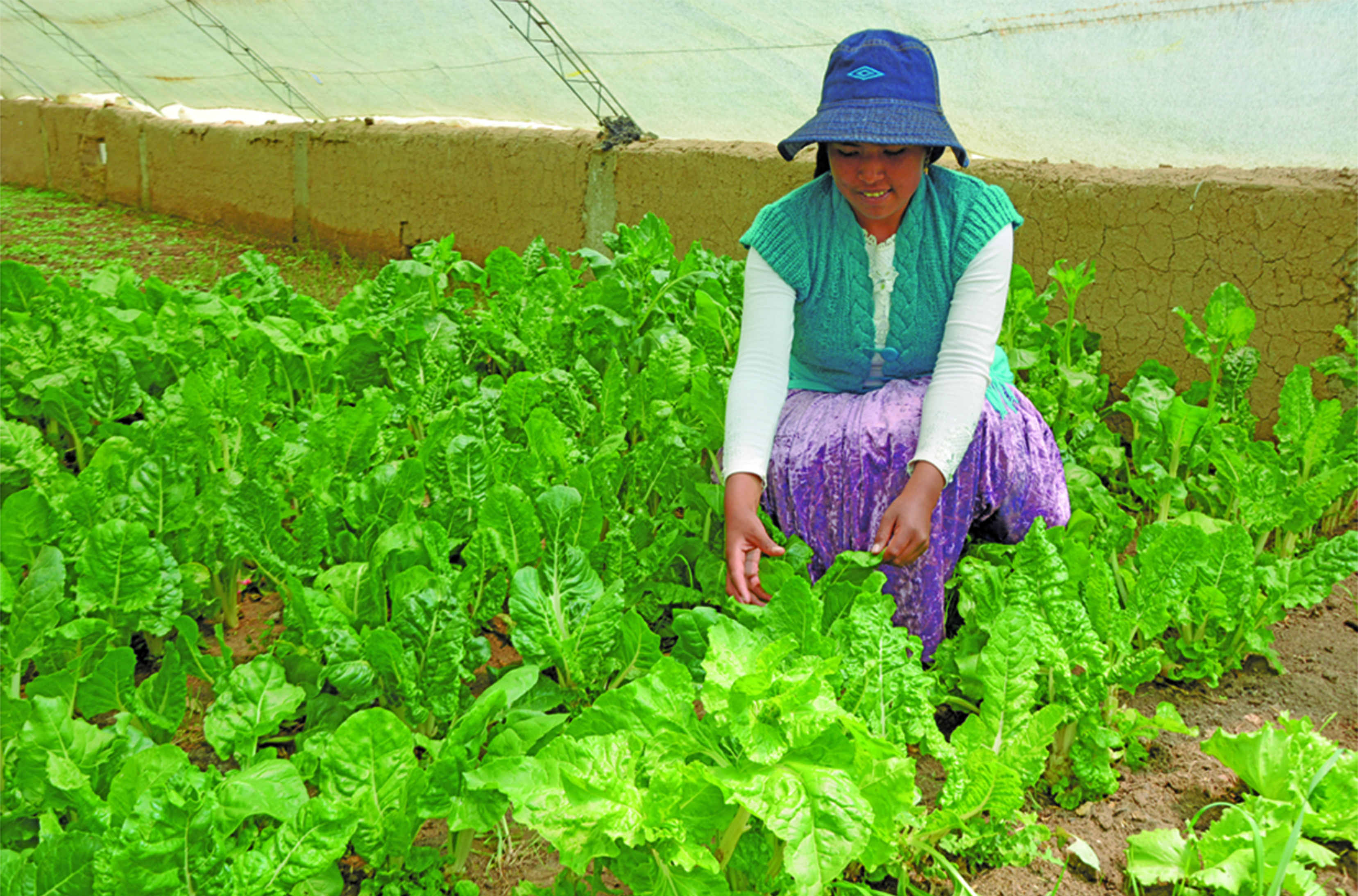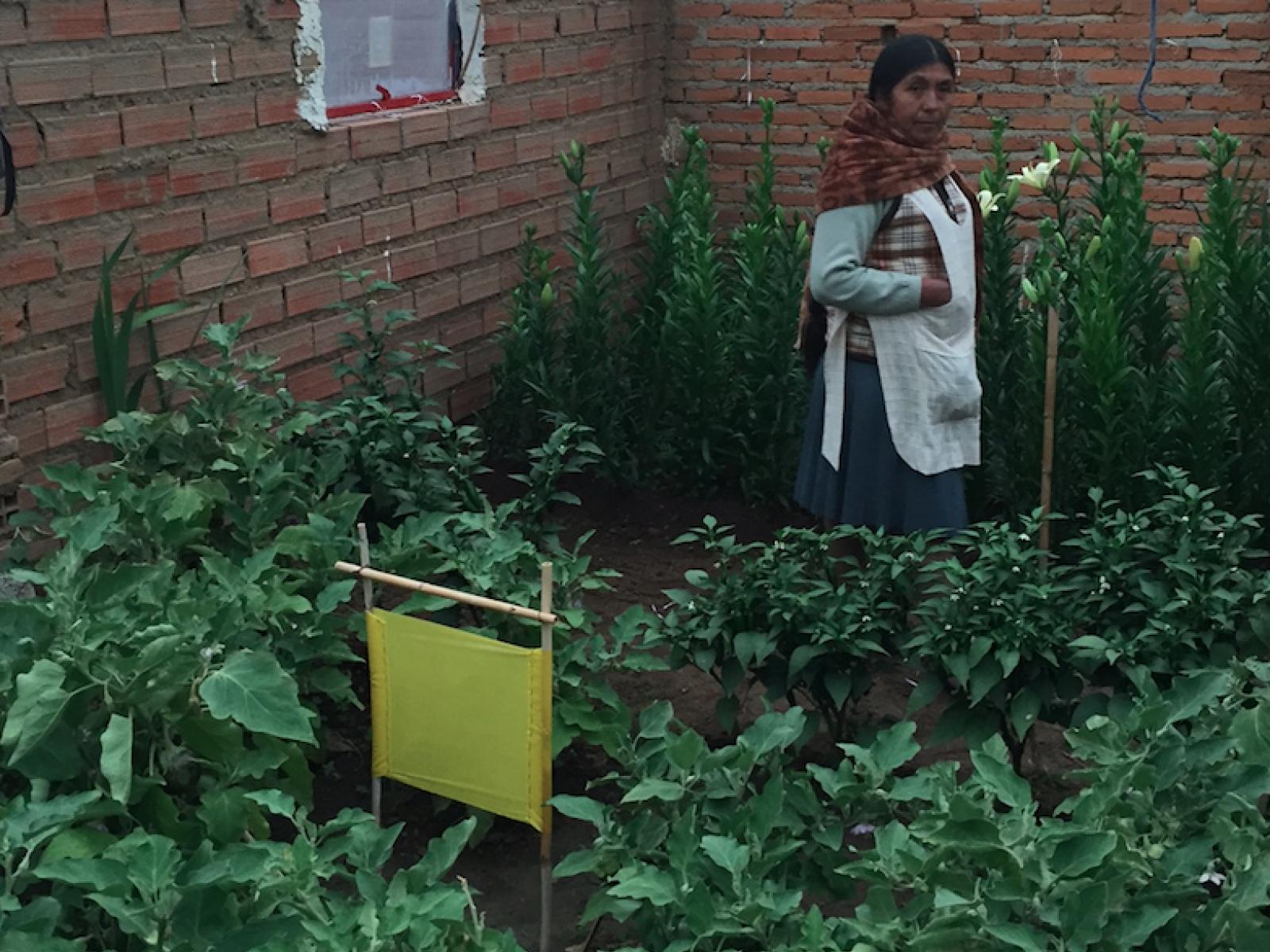An Overview Of Our Solution
- Population Impacted:
- Continent: South America
Organization type
Population impacted
Size of agricultural area
Production quantity
People employed
Describe your solution
Describe your implementation
External connections
What is the environmental or ecological challenge you are targeting with your solution?
Describe the context in which you are operating
The context is characterized by low-income families located in urban and peri-urban areas of five cities: Three at the Andean high lands, one at a valley and one at the Amazonian lowlands. An important portion of the families (particularly from the highlands and valleys) is of indigenous or rural origin that migrated to the cities searching for better living conditions. The majority of the families’ members fall under the ‘unqualified labor’ category, which impacts their access to stable jobs. Accordingly, a steady access to food is jeopardized by income generation. This combined with the increasing prices of food in urban areas and the decrease in the diversity of the agricultural produce results in a limited quantity, quality and variety of food consumed. The overall result is that most of the children and women in reproductive age from peri-urban areas suffer from chronic undernourishment, and nutrition-related illnesses. The majority of them (with exemption of pregnant women) lack access to health services.
How did you impact natural resource use and greenhouse gas emissions?
Language(s)
Social/Community
Water
Food Security/Nutrition
Economic/Sustainable Development
Climate
Sustainability
The technical personnel from public institutions supporting the initiative rely on government and international organizations’ funding. The costs of implementing the first greenhouse are shared by the implementing and supporting institutions (54% of the costs) and the families (46%). From the second greenhouse onwards, the beneficiaries assume the total construction costs. Given the high levels of productivity of the agrobiodiverse and agroecological production, and its contribution to food security and additional income, families do the effort to cover almost half of the first greenhouse costs, and in several cases with the income generated, build a second one. This points to the sustainability of the initiative.
Return on investment
Entrant Image

Entrant Banner Image

